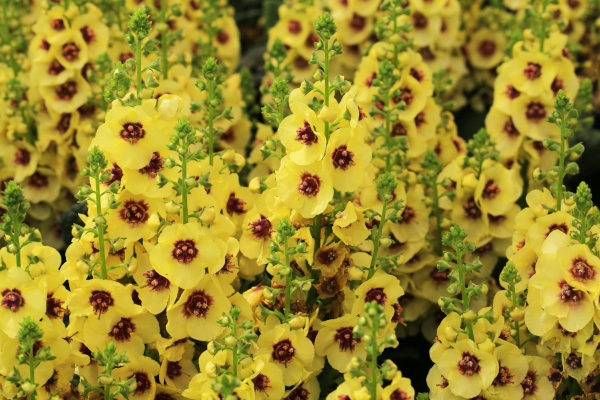How to grow Verbascum
Verbascum is a genus that includes 360 species of flowering plants. Many of these are hardy perennial plants, where some are biennials, annuals or even sub-shrubs. With the common name Mullein, Verbascum are classified by their 5 symmetrical petals and a ground-level rosette of leaves.
Native to Europe, Verbascum can grow as tall as six feet in height! However, the varieties available to us in the UK are more likely to grow up to 150cm tall with a 30cm spread. Verbascum’s native habitat also makes them drought-tolerant - their taproots tend to hold on to water and conserve it.
Verbascum has handsome foliage and tall flower spikes. Blooms are produced between May and September. The upright clusters of handsome foliage are crowned by beautiful blooms - in yellows, blues or pinks, dependent on variety. With its long-lasting flowering period, the plants are insect-friendly and ideal for pollinators such as bees and butterflies.
Several of its cultivars have been awarded the RHS (Royal Horticultural Society’s) Award of Garden Merit, meaning it is an ideal plant for growing in UK conditions. The award winning cultivars are Gainsborough, Letitia, Pink Domino and Tropic Sun.
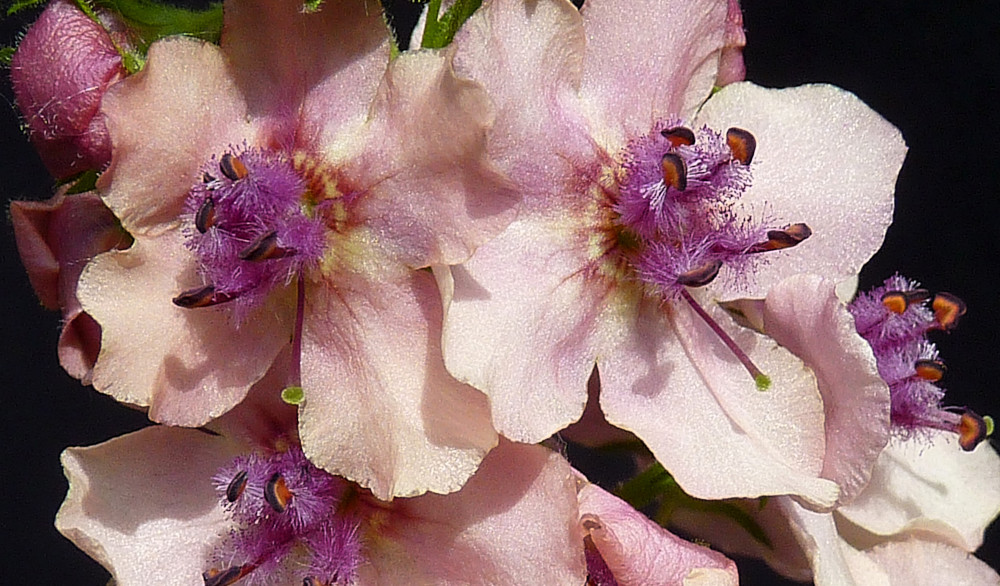
Key Information
Soil pH
Position
Hardiness

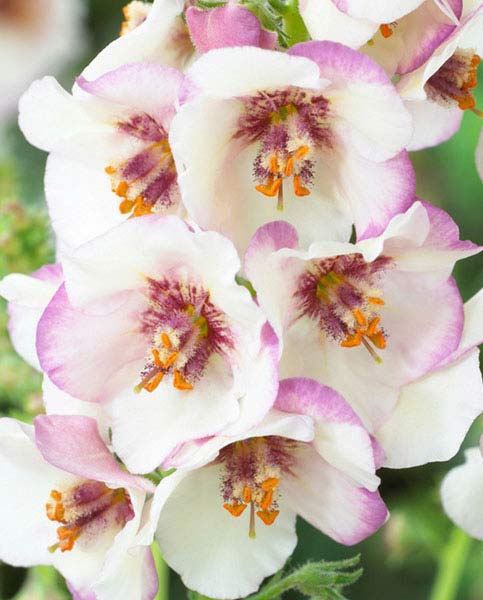
Where & when to plant Verbascum
Position - Full sun, partial shade/partial sun
Soil - Well-draining soil
Flowering Period - Spring and Summer
Hardiness - Fully hardy perennial
Folklore tells of torches made from wild Verbascum stems dipped in tallow, which were used to repel witches. As part of this tale, Verbascum are often known by the common name ‘the Candlewick plant’, as the ‘down’ from the foliage was once used to make wicks for oil lamps.
Verbascum are deer, slug, and rabbit resistant so a perfect addition to gardens where this can be a problem.
Verbascum need well-draining soil and ideally a position in full sun. They grow deep tap roots so they also need a position with relatively deep soil to support this. Verbascum roots will suck up water in drought conditions, so good root care is critical for survival.
How to plant Verbascum
Many people grow Verbascum from seed, but this can take a lot of time. Growing from bare roots cuts out several steps in this process and saves the worry about whether or not the seeds will grow healthily
Soak the bare roots for a couple of hours before planting in the spring. Prepare temporary pots for each with compost, making sure that your pots have plenty of space for the bare roots to grow. If the bare roots have a crown, make sure this is placed just beneath the surface of the soil
Water the soil and continue to grow and re-pot until ready
Plant out into the garden in the spring and make sure it has deep soil and the right amount of sunlight. Verbascum that need partial sun should experience no more than 4 hours of sunlight a day, whereas full sun varieties should benefit from sunlight for the majority of the daytime. Some Verbascum also require shelter, whilst others can tolerate exposure - so keep an eye out for the individual instructions for each variety.
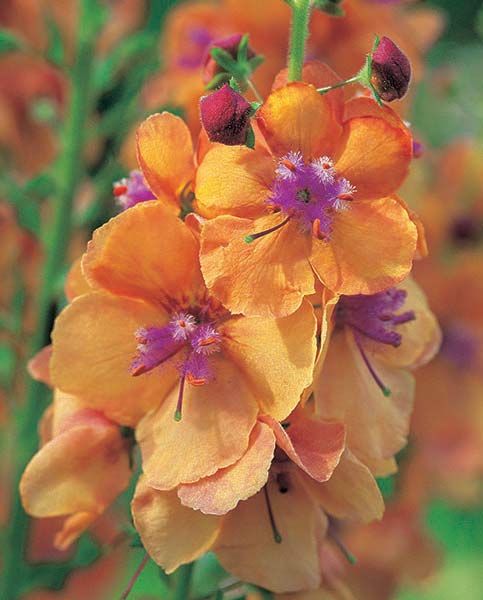
What to plant with Verbascum
Verbascum is well-placed with grasses and other summer perennial plants. One interesting choice that combines the two is Kniphofia or ‘Bees’ Sunset’. Kniphofia grows up to 90cm in height and is clump-forming with yellow/orange hues of flowers. Delphinium is another summer-blooming perennial, adding classic blues to the middle or back of your garden border. Black-eyed Susans are another great pick, resembling short sunflowers.
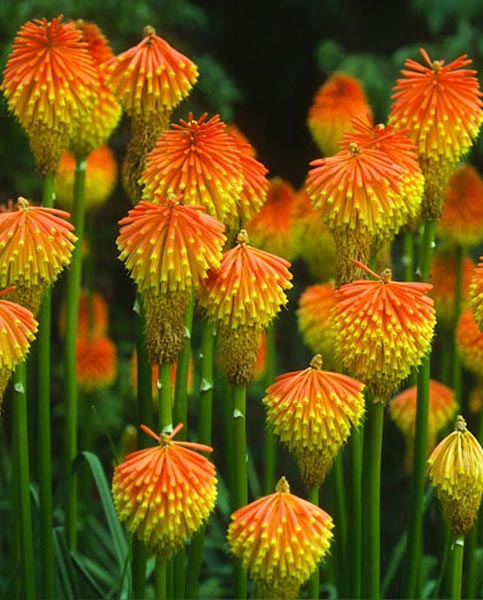
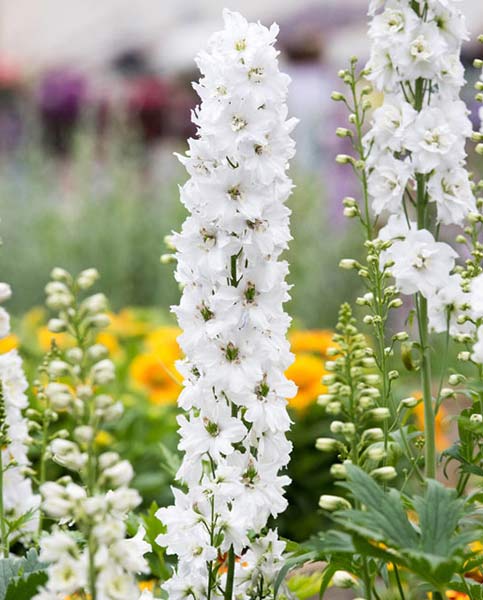
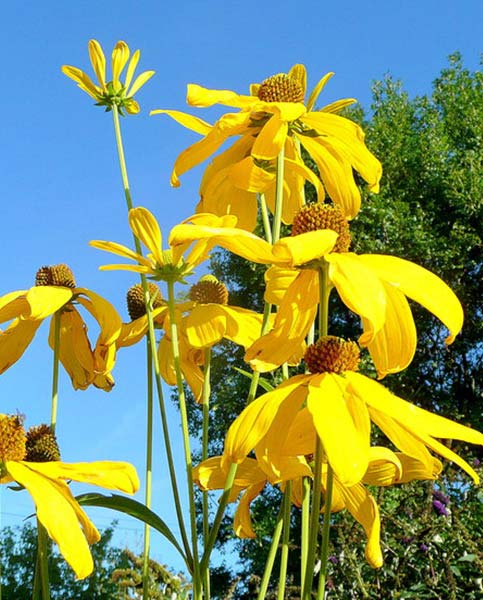
How to care for Verbascum
Pruning & Deadheading
Verbascums need little maintenance once they are established. Simply cut back faded flowers after the blooming season to prolong flowering - you may also wish to cut off the seedheads to reduce self-seeding.
Watering
Water Verbascums regularly whilst they establish themselves and make sure that their soil drains well. Once established, you will not need to water them as regularly and you can afford to let the soil dry out a little before watering again.
Cold Protection
Verbascums are generally hardy perennials, tolerating temperatures as low as -5°c. To protect throughout the winter, mulch around the base before the frost hits if you live in one of the colder parts of the UK.
Pests & Diseases
While there are no major pests and diseases to look out for, Verbascums tend to attract caterpillars. You will be able to identify this by looking for holes in the leaves. You can grow Verbascums in the middle of a border to hide the leaves and prevent damaged foliage being on display without harming wildlife. Other than this, they are generally pest resistant.
How to propagate Verbascum
While Verbascum can self-seed if left to it, the most effective way of growing the plants in a controlled way is by propagating from root cuttings. The best time to do this is in autumn before the soil experiences frost.
Because Verbascums’ roots grow downwards, you will need to dig out the taproots from the ground with a shovel. Choose disease-free and healthy roots for the best results and do not remove more than ⅓ of the roots from the parent plant
Lay the plant and taproots flat and cut away individual roots from the plant. Once you have taken all your cuttings, re-plant your parent plant as soon as possible and water back in.
Take note of which end of your cuttings are ‘upright’ when it comes to Verbascum. These are the ends that were closest to the crown of the plant when cutting – try cutting the top flat and the bottom at an angle to be sure. Prepare small pots with cutting soil, add one cutting to each pot (with the upright side facing up) and gently cover with soil. Water in and re-pot as needed when the roots outgrow the size of the pot. Plant in the following March.
Common Verbascum Questions
Is Verbascum a perennial?
While some varieties of Verbascum are perennials, not all are - some are biennials, annuals or sub-shrubs so check your type prior to purchase if this is vital.
Should you cut back Verbascum?
To extend the flowering period, you can cut back Verbascum after the first set of flowers comes in. You can also deadhead Verbascums back to stop their seeds from spreading.
How tall do Verbascums grow?
The maximum height for Verbascums is species dependent. While some can grow up to 30cm, the tallest plants can grow to six feet in height!
